IYENGAR, THE SAGE
lyengar, the wise one, expresses how the wisdom in the daily and spiritual life of this great spiritual master : BKS lyengar is accomplished. We will approach a meditative man, a man who knows how to use his body as a springboard towards the unlimited, the infinite.
The 8 levels of yoga, from yama and niyama to Samadhi are all involved in the single discipline of asanas. Conative action, which refers to the active aspect of the mind that includes desire and volition, will, is simply physical action at its most direct level.
Since yoga means integration, reunion, bringing together body and mind, nature and the one who sees it, is yoga. Beyond that, there is nothing and there is everything! In a perfect yogi flows in abundance all the power of nature.
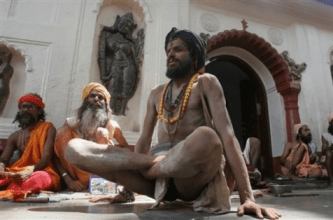
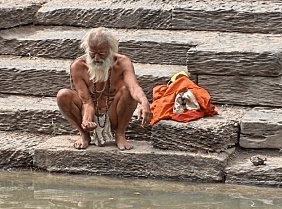
TO THE SOURCE OF ONESELF
From Gangotri, in the Indian Himalayas, our guide Abu leads us on the path of the caves where renunciants and hermits live. As a forester, he knows all the hermits of the valley.
Around the cave, the rocks and bushes could be used as a den for snakes. To ward off the danger, the muffler evoked Shiva, the king of ascetics, who wore “around his neck a necklace of cobras.” The silent one could thus meditate in peace.
So it is with the hermits who, in the silence of their caves or cells, devote themselves to meditation with the aim of achieving “Moksha”, the ultimate liberation. It is in search of these extraordinary men that we have gone in order to describe some fragments of their lives.
WHO AM I ?
It is in the South of India that this questioning about man, which everyone can ask himself at a moment of crisis or in moments of great lucidity, leads us. Asking oneself the question “Who am I?” can drive one crazy as it can lead one to wisdom!
It is possible to spend a whole life at the frontiers of the concept, where Kant found himself. But where for the Western philosopher the search ends, for the seeker of truth it is only the beginning.
Physiological experimentation on the human body allows us to go deeper into this question. The search of the mind and the intelligence, in search of knowledge, in the same way as the psychoanalytical investigation leads to the discovery of a certain number of truths about oneself and about the Self.
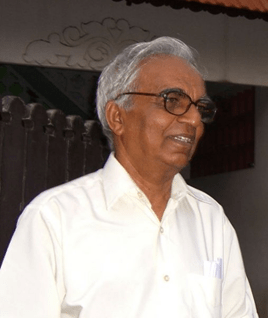
DESIKACHAR
The city of Madras in India is intimately linked to the history of the sage and philosopher Desikachar. Through his spiritual influence, he has enabled many scholars, poor people from all walks of life, people from all social classes, from children to the elderly to deepen their spiritual quest.
It is through music, song and dance, that this quest is most precise. Madras, as one of India’s most important dance and music capitals, is intimately involved in the search for the Self.
It is through a portrait and a biography of this man who is precious to us that we will explore Indian wisdom and spirituality. We will follow him in his daily life and in his way of embracing life full of pitfalls. For him, every obstacle becomes a way to assert himself more. His work with children is remarkable and his action in schools remains of great originality. Desikachar gives a great breath of fresh air to today’s India.
Shri K. PATTABHI JOIS and the city of MYSORE
Shri K. Pattabhi Jois, was born on July 26, 1915, on a full moon day, in a small village near Somnâthpur – Karnataka – South India. His father Krishna Pattabhi Jois, was a renowned astrologer in the service of the Maharaja of Mysore.
After his primary and secondary education, he started studying Sanskrit and Vedic Philosophy at the Maharajah Sanskrit College in Mysore in 1930. He graduated in 1937 and taught Sanskrit at the University of Mysore until 1973. He spent another three years teaching at the Ayur Vedic College, and then retired.
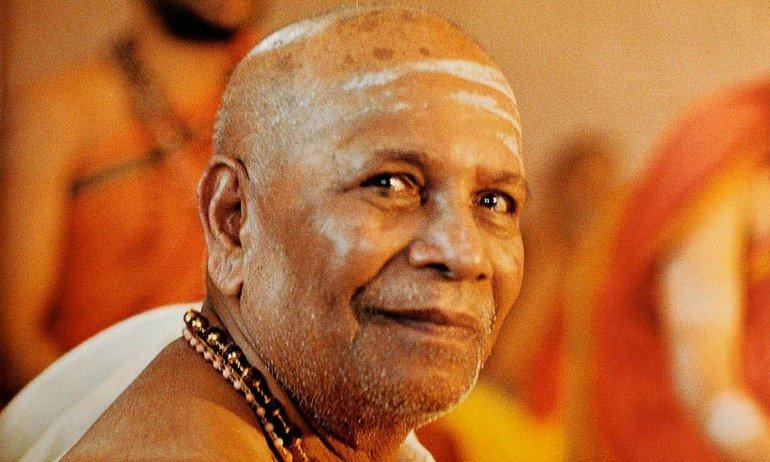
IYENGAR, THE MASTER
Iyengar, the spiritual master, is a portrait and biography of Master Iyengar on the path of Self-discovery.
We describe the man to describe the path he follows and we describe the path he follows to describe the man.
We participate with him in the obstacles he encounters, his sufferings, his sorrows and his joys.
BENARES
This documentary is about Benares, a holy city in northern India, which welcomes millions of pilgrims every year and whose fame is comparable to that of Jerusalem and Mecca. We will relate the importance of spirituality and also the daily life of the Benaresis.
Indeed, this city is a center for the three religions of India, Hinduism, Buddhism, and Islam. This religious importance comes from the past. It was the cradle of Buddhism, and the birthplace of Shiva. Moreover, in the XIIth and XIIIth centuries, one tried to establish Islam there. That is why we will show the influence and the remains of all this history. We will therefore present the various holy places. We will start with the Ganges, which is the holiest place and we will see the different rituals that take place around this mythical river.
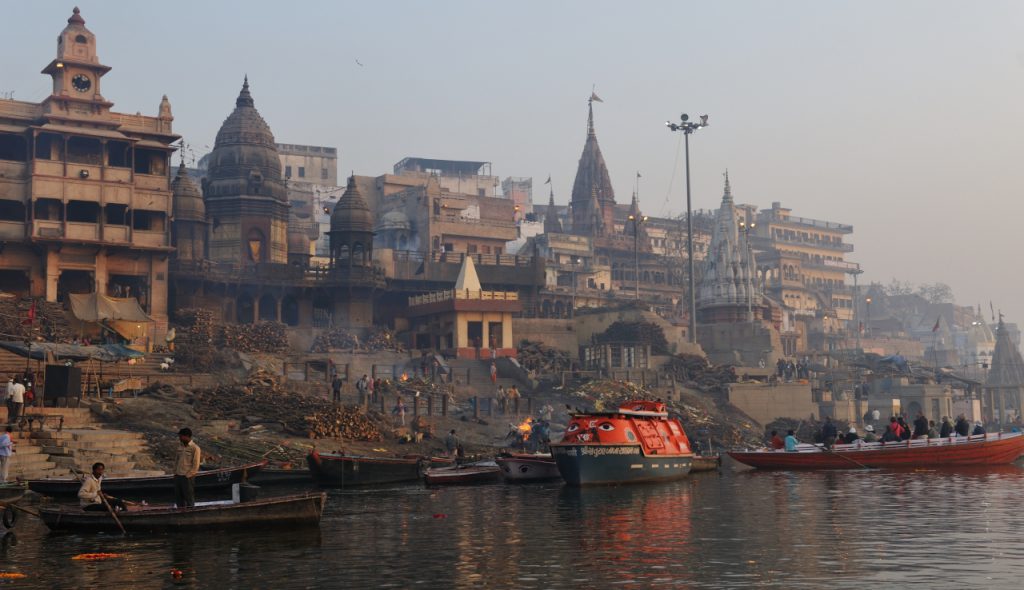
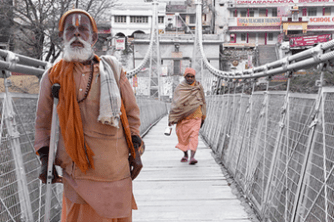
RISHIKESH
We follow two westerners who visit Rishikesh. They seek to know better the Ashrams and yoga. We discover with them Rishikesh, the world capital of yoga and city of sages, and we meet those who are considered as living gods.
A sâdhu will explain to us what his life is like, why he chose this path and what initiatory rite he had to take to get there. A sâdhvîs, a female sâdhus, explains to us how women and especially “wise” women are perceived in India. We also meet brahmacharis, who tell us that they follow the path of Brahma, and that they renounce all attachment to the world, and sannyasins.
IYENGAR THE THERAPIST
Jo Pereira is a Catholic priest in the parish of Mount Carmel in Bombay, southwest India.
He is a parish priest and a yogi. He began studying yoga in 1968 with Master BKS Iyengar, his guru. BKS Iyengar’s yoga is surgically precise in its knowledge of the human body and mind and he uses yoga therapeutically to treat all kinds of illnesses such as diabetes, asthma, multiple sclerosis, cancer and AIDS.
Father Jo Pereira, trained in the Iyengar school of yoga, also uses yoga in his ministry for therapeutic purposes to treat many drug addicts and AIDS cases. He organizes workshops and classes in his parish. Many of his patients have come off drugs and have become yoga teachers themselves.
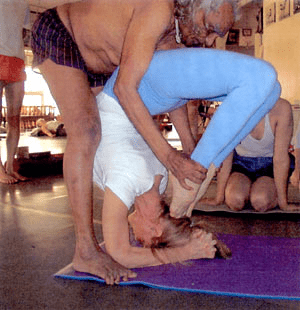
YOGAS
Yoga is one of the six darshana schools of Vedic philosophy. The word yoga comes from Sanskrit and means “union” meaning “of body and mind”. The word has the same Indo-European root found in French joug (from Latin jugum) and English yoke. It also presents the idea that the âtman must be guided by this absolute. But beyond the union of these two elements, yoga is the realization of a truth through a variety of yogic paths.
The history of yoga goes back at least 5000 years, evolving in the Indian lands. While some scholars speculate that yogic practices originally existed among the indigenous, pre-Aryan (and therefore pre-Vedic) Peul people, they were initially expounded in the Vedic shastras (religious text).
Examples of the concept and terminology of yoga appear in the Puranas (a collection of Hindu mythology), the Mahabharata, the Vedas and the Upanishads (mainly in the thirty texts of the Vedanta, or The End of the Vedas, which are the culmination of Vedic philosophy).
Veda scholar David Frawley writes: Yoga can be traced back to the Rig-Veda, the earliest of the Hindu texts that addresses the union of our mind with the Sun of Truth and being guided by it. The list of early great yoga teachers includes the names of many famous Vedic sages such as Vasishta, Yajnavalkya and Jaigishavya. The first important yogic text is the Bhagavad-Gita, also known as the Gitopanishad.
ZEN
Master Taisen Deshimaru was the disciple of Master Kodo Sawaki who was, since the death of Master Dogen, the highest Zen authority in Japan.
Master Deshimaru came to Paris in 1967. Before his arrival, the Soto Zen school of Buddhism and its technique were practically unknown in France. As soon as he arrived, Master Deshimaru began to give conferences with demonstrations of the zazen posture.
Zen is a profound philosophy whose essence we cannot reach through thought; but beyond thought, supreme wisdom can be discovered through the practice of this philosophy which then becomes a powerful driving force, an art of living, a way of being.
The true spirit of Zen emanates from this film, subtle as the scent of incense.
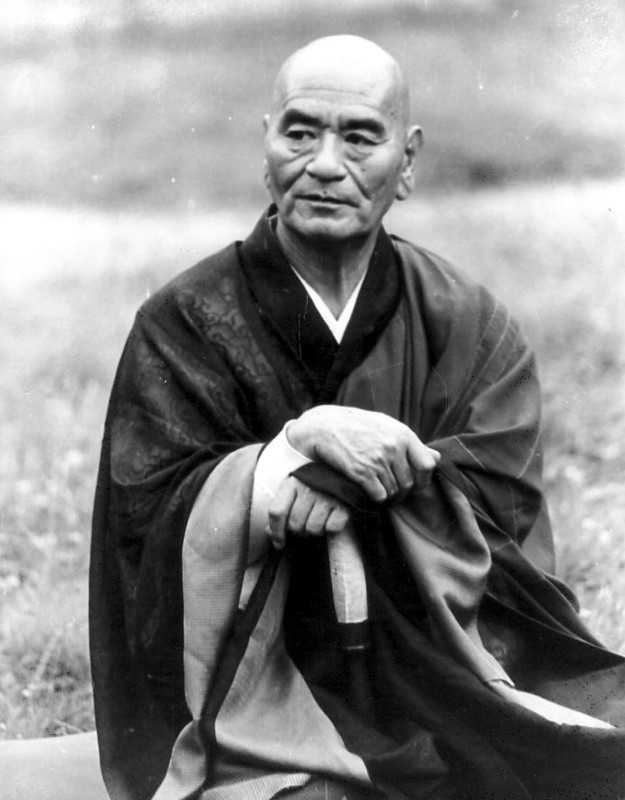

THE DRAGON'S SONG
People think that a religion is something you have to adhere to, that you have to believe.
And that the fact that you have to believe is an objective thing.
And that’s bullshit, that’s nonsense.
We see things like this: we think that religions are creations of man, and religion is creative, must be creative.
That is, we are God.
And this is true, because man is the creator of his reality.
The most beautiful thing that we can do with our body is zazen.
It is a splendor of nature and it inspires calm, harmony, strength.
Everything is contained in the posture of zazen.